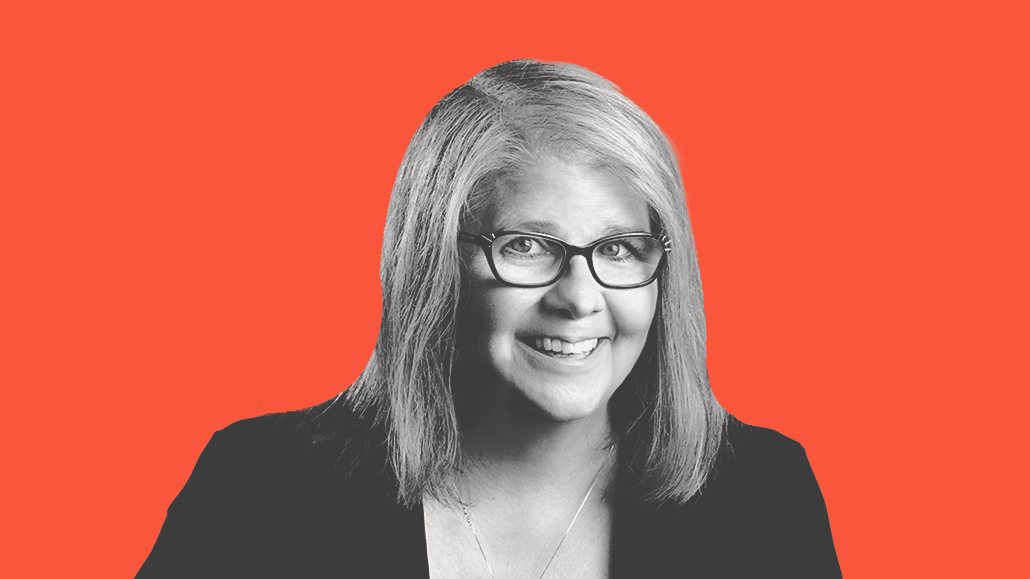Save 50% on a 3-month Digiday+ membership. Ends Dec 5.
How The Washington Post is taking a different approach to its new wellness desk

Tara Parker-Pope is doing it again: 15 years after founding the wellness vertical at The New York Times, Parker-Pope debuted her latest project on Sept. 12 — a health and wellness hub at The Washington Post called Well+Being. As part of the new coverage area, the first installment of a new weekly Well+Being newsletter written by Parker-Pope was published Sept. 15 without a launch sponsor.
Broken into five categories (food, fitness, mind, body and life), Well+Being has eight reporters and writers contributing to the vertical — an expansion from just one wellness reporter and editor on the lifestyle desk. That includes six new hires, including three from the Times. Parker-Pope is in the process of hiring a video journalist and a data reporter. It’s all part of top editor Sally Buzbee’s strategy for the Post to invest in content beyond news coverage to draw in more subscribers, especially young people (a goal with even more consequence, given reports on the Post’s stagnating business). The Post did not provide its exact subscriber goal for the vertical.
At a time when more publishers are entering this space, Parker-Pope is focusing on unique areas that touch on wellness, such as disability and misinformation.
This interview has been edited and condensed for clarity.
Why is The Washington Post investing in more health and wellness coverage?
We’re thinking about our readers — what’s going on in our readers’ lives, what are they thinking about, and what do they want to know? How can we serve them? And we’re all in this sort of post-pandemic reset. We’re in this collective moment where health is front and center. But we’re also defining health in a new way. It’s not just about taking medicine or getting a checkup or talking to a doctor. It’s about the day-to-day quality of our lives. That’s the need that we plan to meet: serving the reader at various points in their personal health journey, whatever that is, and bringing science-based, expert advice.
If we learn nothing else from the pandemic, we learned the value of reliable, science-based advice. That’s where The Washington Post can serve this reader the way other websites and sources of information on social media can’t. We do have access to some of the top minds and experts, and we have the expertise in our newsroom to navigate the complicated world of personal health. So many people are trying to sort through all this noise out there and figure out what the right answer is, and I think that’s where we step in.
How is Well+Being different from the Times’ wellness vertical you started?
The Well desk started 15 years ago. It was a blog, with just a few people, myself included. Back then, the audience wasn’t everybody. Fast-forward to now, and what’s different is we’ve been through a time of trauma and difficulty and awareness for everybody. People are resetting, rethinking their values, recalibrating. So we have a different reader now.
I want the DNA of this desk to be in our access to the experts, our desire to hold people accountable, our use of data and facts. I thought, who better to offer advice than a medical expert or medical doctor or a mental health expert in that field? We created the “Ask a Doctor” feature because I think that really adds value, to connect our readers with these experts in their field. We have weekly columns [from them] on the science of healthy eating, on behavioral health and on exercise and movement.
How will The Post’s coverage differ from the other wellness verticals out there?
We know that every reader is not a super fit, 35-year-old athlete — especially after the pandemic. A lot of us have been really hit by the challenges of the pandemic. Sadly, there’s a whole new group of people with long COVID and chronic illness. We’re also really thinking about celebrating all levels of ambition and ability as core to our mission statement. We hired a disability [reporter], Amanda Morris. I don’t know if other newspapers have full-time disability writers. I don’t think many do, if any.
Amanda Morris is really trying to break the stereotypes that we have about this community of people. She grew up a child of deaf adults. She uses American Sign Language to talk to her family and identifies as a hard-of-hearing woman. She has a story out [this week] about people who use power wheelchairs, powered by lithium-ion batteries. She learned that a congressman had been stopped and not allowed to get on the plane at Logan Airport and not allowed to fly. That’s a story that affects a lot of people. I think it’s unusual to have that on a wellness desk. We want to serve the entire community, not just a narrow piece of it and I think that is what’s going to make us stand out. I think a lot of so-called wellness coverage has been pretty exclusive and a lot of people didn’t really see themselves in it.
You also mentioned having a writer on the team covering misinformation on social media. Why is that important for a wellness desk?
I know how important science-based information is and I know how damaging and harmful incorrect information can be. And I think we’ve all seen that. [General assignment reporter] Teddy Amenabar has a strong background in social audience. He is going to look at the health information that is being dispensed on social media and around the internet and help us navigate social media for the readers. Younger readers especially are getting a lot of health information on social media, so I thought it was really important that we have a dedicated reporter who understands that world.
What will be in the newsletter that won’t be on the Well+Being site?
The top of the newsletter will be original reporting from me. I wanted to make sure I have the opportunity to keep writing even though I’m in this editing position. I’ve been a health columnist and science writer for more than 20 years. I’m putting my columnist’s hat on. We’ll also showcase some of our coverage. We’ll talk to some of the reporters and contributing reporters. We’ll have some helpful life tips every week. I want readers to feel like that, if they forget to open their Well+Being newsletter, they will have missed something.
More in Media

TikTok Shop sheds bargain-bin reputation as average prices climb across categories
An analysis by e-commerce intelligence firm Charm shows average prices climbing across more than a dozen key categories.

Ad Tech Briefing: The Programmatic Governance Council is a bid to reset power dynamics
As tensions over TID and GPID peak, Tech Lab is convening a council to hash out commercial ground rules.

Newsweek is building an AI Mode-like experience to customize homepages for readers
Newsweek is building an AI homepage modeled after Google’s AI Mode to increase engagement and offset declining search referrals.





